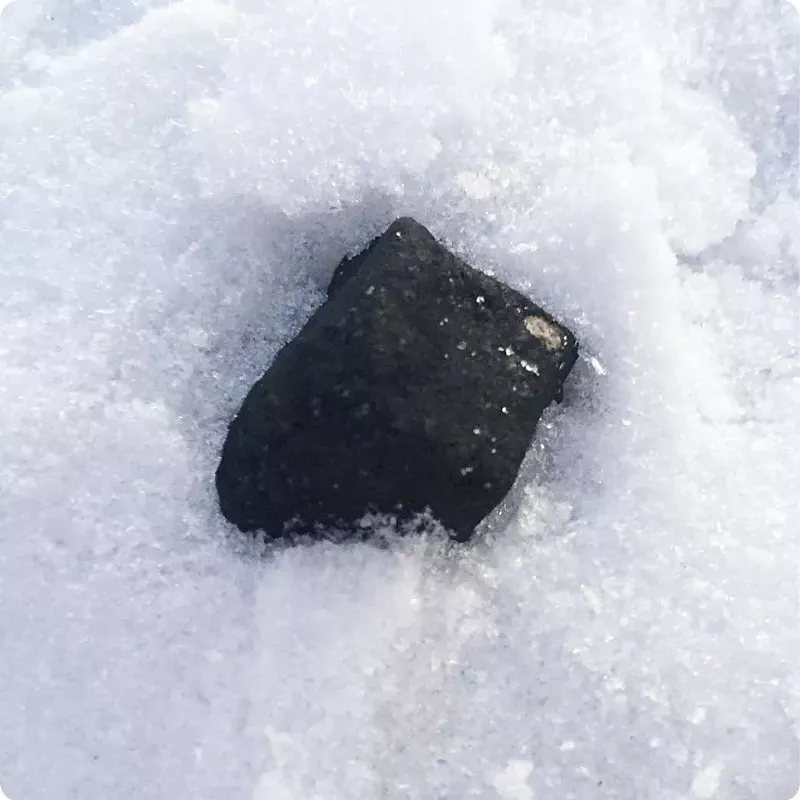When a bright ball of light streaked across the night sky over Detroit in January, many residents were thankful just to have witnessed something so spellbinding.
“I survived the Michigan meteor of 2018. Thank you for your support during these difficult and scary times,” read one tweet liked over 1,000 times.
The Michigan meteor even earned the enviable distinction conferred upon all sorts of freak occurrences these days: its own
Wow I'm pretty popular #meteor
— The Michigan Meteor (@MichiganMeteor) January 17, 2018
But the legacy of the meteor heard around the world (or at least in southeastern Michigan) was more than just a Twitter footprint; it was also a trove of data that scientists now say can be used to better understand objects that pass through the Earth’s atmosphere. Infrasonic microphones and seismometers which happened to capture the meteor explosion gave scientists the rare opportunity to compare that data with more routine satellite and ground camera images.
In a report in Seismological Research Letters, a team of scientists led by Michael Hedlin of the Scripps Institution of Oceanography
According to Hedlin, although bolides are uncommon, it is even
“The one we saw over Michigan was pretty striking because it happened in a populated area where there were monitors, sensors, and a lot of people observing from the ground,” Hedlin tells Metro Times.
The last bolide to happen over a similarly well-instrumented area was in Chelyabinsk, Russia, in February 2013. Aided by the ubiquity of dashcams in Russian cars, that bolide also went viral in a matter of hours.
But in comparison to the bolide in Russia, which was of such magnitude that it can only be expected once every few decades, the Detroit bolide can help researchers learn the smallest events their instruments can detect. Hedlin and his team estimate that the Detroit bolide could help them detect about 15 events with this size bolide or larger this year.
According to Hedlin, the Detroit bolide analysis even helps in locating clandestine nuclear tests, as atmospheric explosions like the bolide explosion “serve as proxies for nuclear tests.”
Stay on top of Detroit news and views. Sign up for our weekly issue newsletter delivered each Wednesday.







